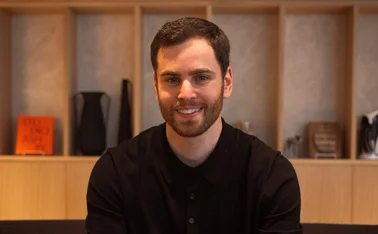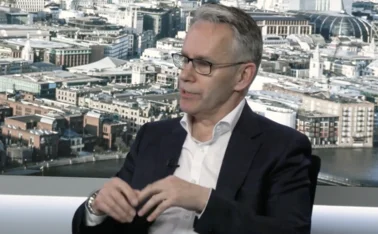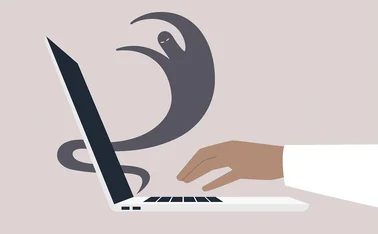
Roundtable: Combatting exaggeration and fraud in household claims

Post, in association with LexisNexis Risk Solutions, recently gathered experts together to discuss why consumers might be motivated to commit household fraud and how insurers can address this. By identifying those policyholders attempting to game them at the point of quote - or catching those who have given in to the temptation to exaggerate at the point of claim?
What indicators are you seeing that point to a rise in household fraud? Do you think an increase in online purchases has contributed to it – or at least played a part?Simon Mattless: One of the key
Only users who have a paid subscription or are part of a corporate subscription are able to print or copy content.
To access these options, along with all other subscription benefits, please contact info@postonline.co.uk or view our subscription options here: https://subscriptions.postonline.co.uk/subscribe
You are currently unable to print this content. Please contact info@postonline.co.uk to find out more.
You are currently unable to copy this content. Please contact info@postonline.co.uk to find out more.
Copyright Infopro Digital Limited. All rights reserved.
As outlined in our terms and conditions, https://www.infopro-digital.com/terms-and-conditions/subscriptions/ (point 2.4), printing is limited to a single copy.
If you would like to purchase additional rights please email info@postonline.co.uk
Copyright Infopro Digital Limited. All rights reserved.
You may share this content using our article tools. As outlined in our terms and conditions, https://www.infopro-digital.com/terms-and-conditions/subscriptions/ (clause 2.4), an Authorised User may only make one copy of the materials for their own personal use. You must also comply with the restrictions in clause 2.5.
If you would like to purchase additional rights please email info@postonline.co.uk








